Corrugated Lamps Brighten Up the World of Cardboard
July 20, 2017
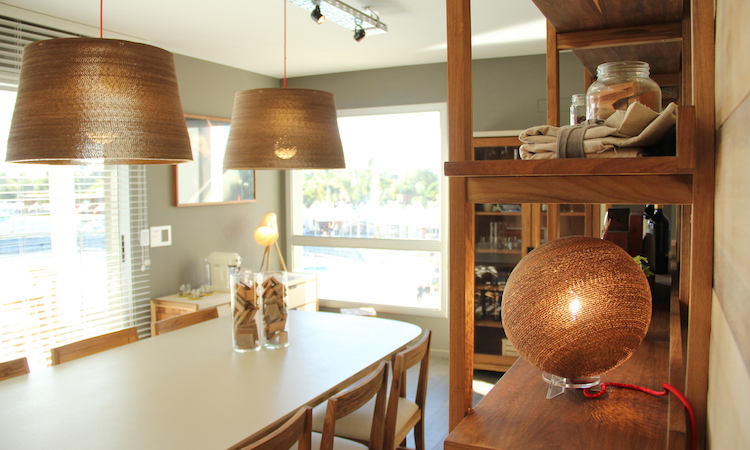
If you’re a regular reader of the blog, you’re no doubt familiar with Cardboard Chaos, our series on the amazing engineering capabilities and innovation achieved with cardboard. We’ve seen snowboards, bicycles, even guitars, and in today’s special edition of the Ernest Buzz we’re taking a look at some corrugated creations that really shine a light on the capabilities of cardboard.
Guillermo Cameron MacLean is an Argentinian artist whose canvas is cardboard. After our Cardboard Chaos creations had caught his eye, Guillermo was gracious enough to sit down with us and discuss his cardboard lamps through the Estepa project.
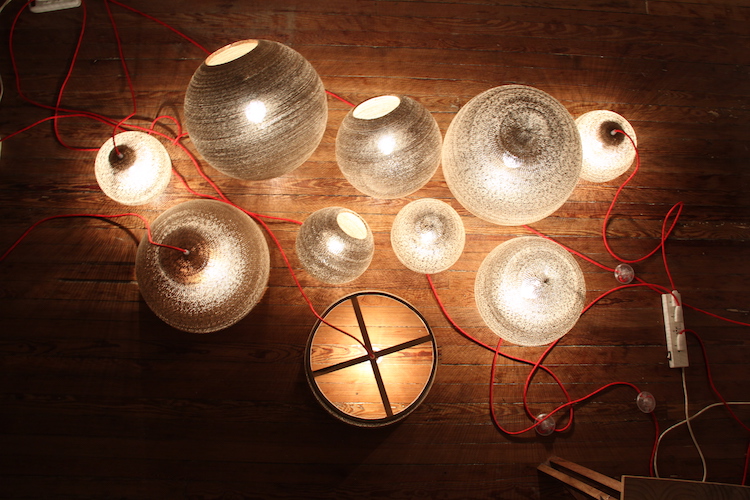
Ernest: You make some amazing art using cardboard as your medium. What was your attraction to cardboard in the first place?
Guillermo: Six years ago I was given a job to design and build a mannequin with zero budget. Around that same time I had been studying the use of discarded materials, so cardboard seemed like a natural fit. I’m particularly fond of the middle layer of cardboard, the wavy part that gives it resilience. I think it’s curious that it’s the most hidden part of the material, but to me, it’s the most beautiful!
Ernest: How did the mannequin project influence the development of Estepa?
Guillermo: I actually ended up using the leftover cardboard from the mannequin to design my first lamp prototypes! I originally developed several different kinds of objects using single wall corrugated board, but after doing marketing tests, I settled on lamps. The Estepa project was formally started with one goal in mind: to design products using cardboard techniques across the whole family of products.
Ernest: What does the process look like to create a cardboard lamp?
Guillermo: It’s come a long way since we started. To produce our lamps, we start with a rectangular scrap of cardboard, then slice it into thin strips. We then bend those strips, so they adopt a spherical shape for the lamp. Originally we did all of this manually, but eventually got tired of doing that so we developed machinery to do it for us!
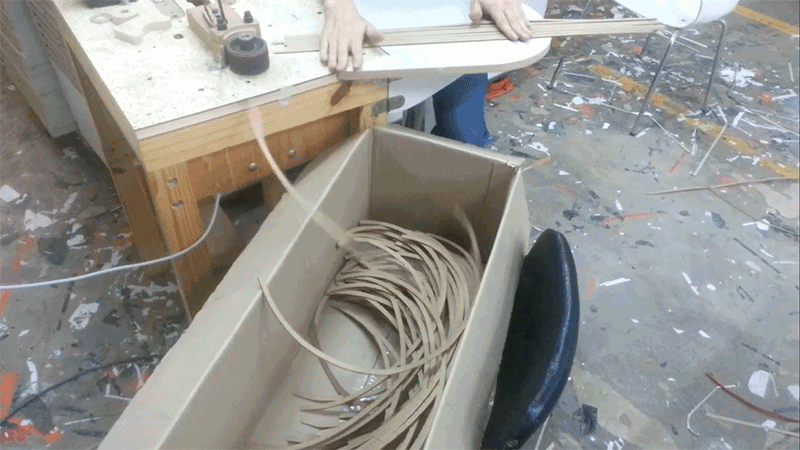
Ernest: People see cardboard every day, but you make art with it that people actually want to stop and look at. What do you want people to know about cardboard that may not be readily apparent?
Guillermo: I think cardboard is an incredible material because it has both a functional side and an artistic side. We see its functional use in packaging every day, but people may overlook the fact that it is a very environmentally friendly material when properly used. It has an amazing structural performance in relation to its weight, which means less material is wasted. That fact inspired me to design products to prove cardboard’s artistic merits, and give it a functional twist, as well.
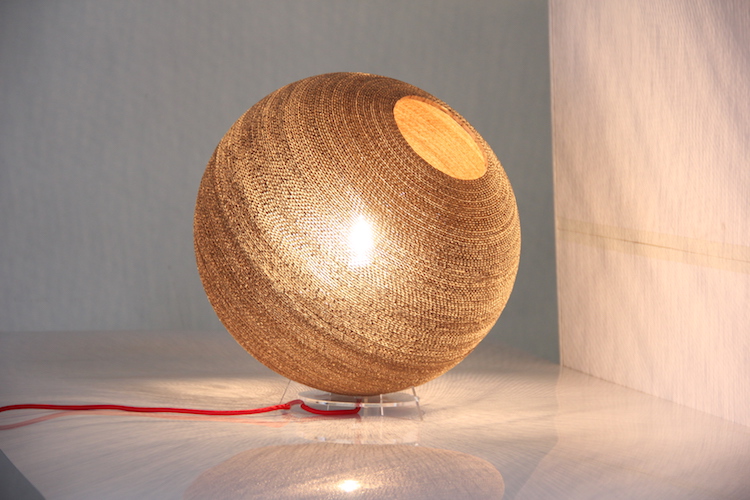
Ernest: Estepa is doing very positive work in Argentina. What can you tell us about cardboard’s role in that process?
Guillermo: Our goal from the start with Estepa was to work with the most underprivileged sectors of society. We give opportunities to people that don’t have access to job opportunities, and train them in a functional skill to help them earn a living. Our cardboard comes from large packaging companies who have an incredible amount of leftover product. They can only recycle it, but we can teach people to reuse it. So when you think about it, cardboard is capable of making a large economic and environmental impact.
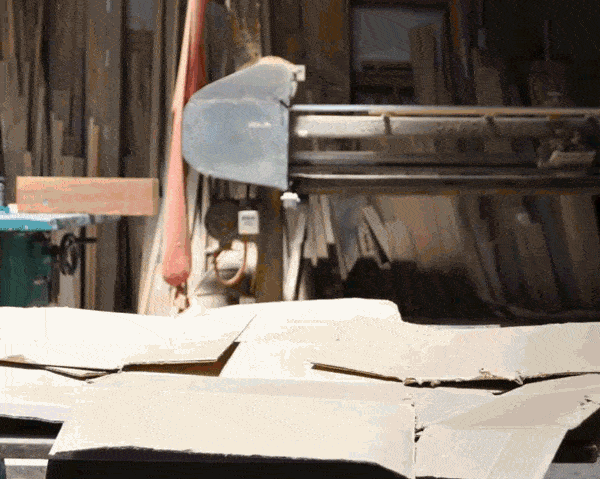
At Ernest, we’re always eager to see people pushing the boundaries of what cardboard is capable of. We’re even more excited to see a good samaritan use corrugated to serve his community, and realize its environmentally friendly potential.
In our 70 years of business, we’ve driven our fair share of corrugated innovation, and we’ve never lost sight of the big picture. We’re committed to nurturing the “Reduce, Reuse and Recycle” mindset in our industry to make the world a better place by bringing sustainable solutions to both packaging and processes. Contact us today to find out how your packaging can make a greater impact on your community.


